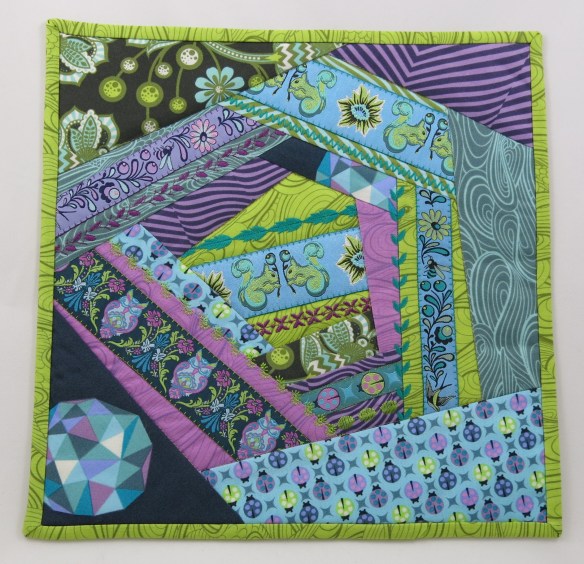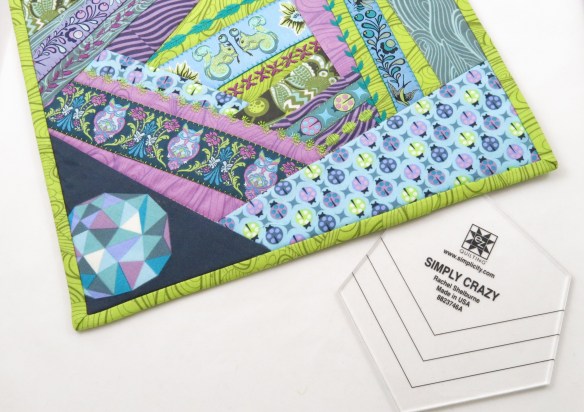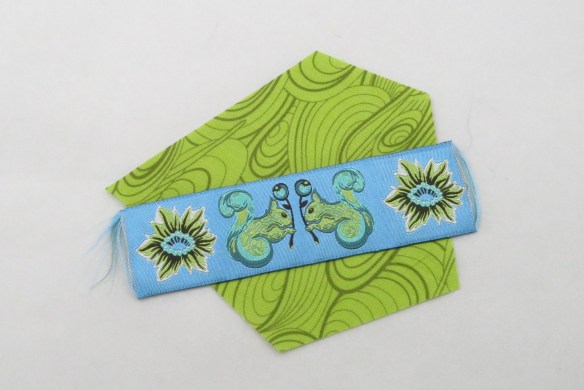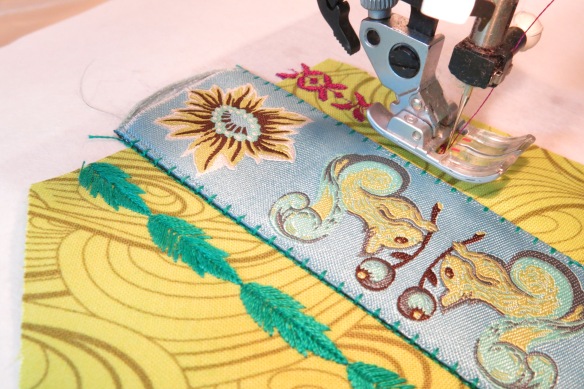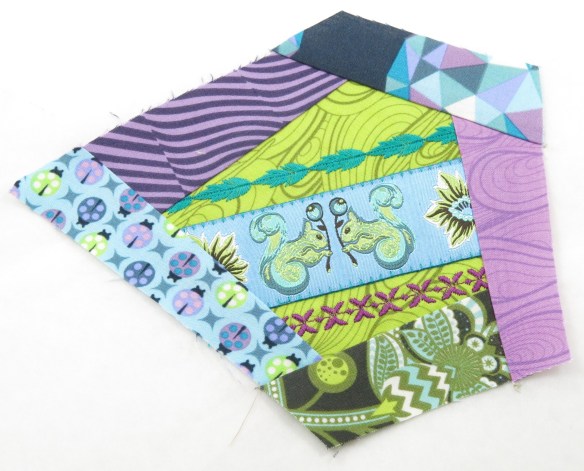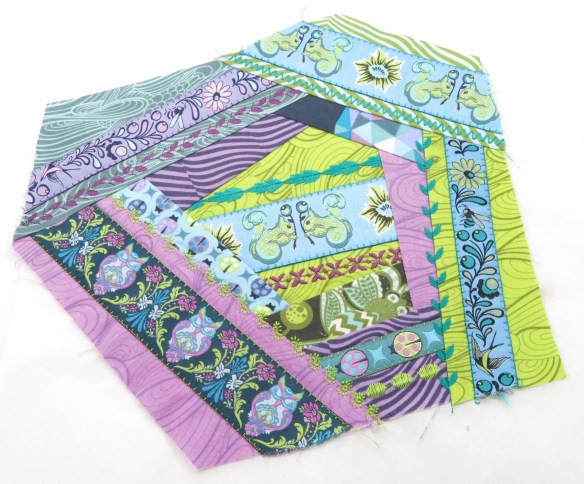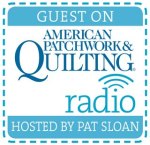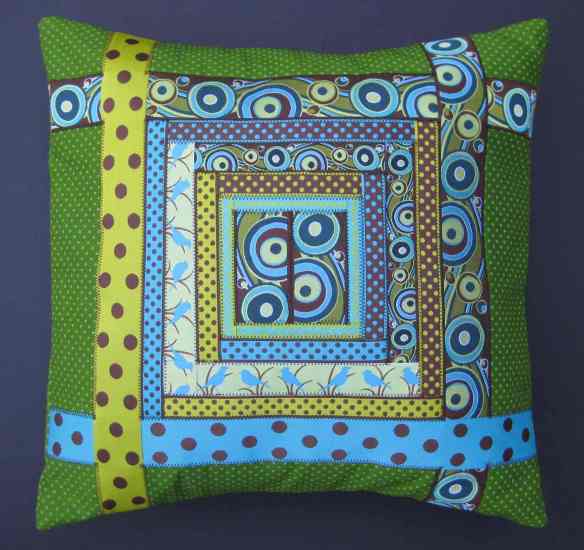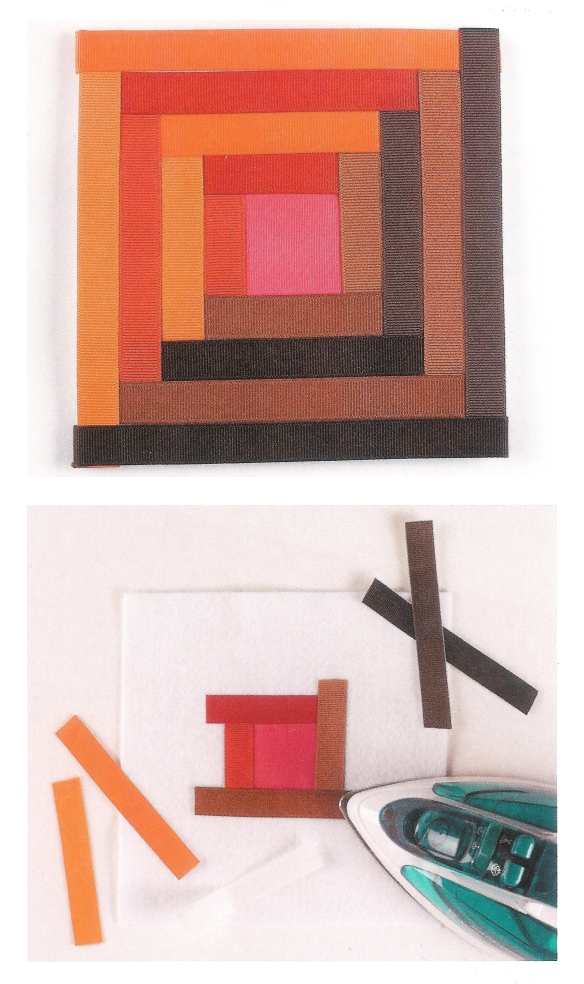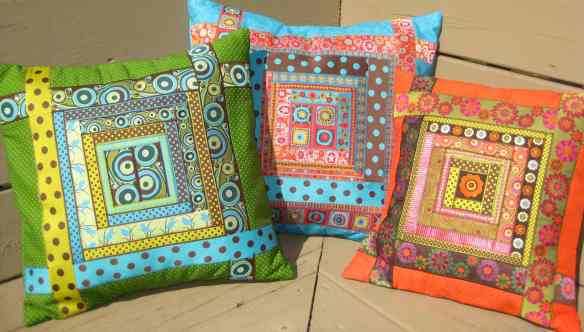After considering taking an online art class with Lisa Call for over a year, I finally made the commitment and joined her fall 2014 Abstraction class. I had heard many good things about Lisa’s classes and was anxious to study with her. I am not sure exactly what guided me to take a class in abstract art. Frankly, many types of abstract art do not appeal to me. However, I was looking to find a way to discover more about myself and to learn how to express ideas in my own unique way.
Taking Lisa’s Abstraction class was a real eye-opener for me. I learned about Abstraction art and the various art movements and studied the works of the influential artists of those “isms”. I practiced basic design principles in relationship to the studies done for the class assignments and I discovered how to critique my own work by taking the time to really look at it and write down by thoughts. But most importantly I learned more about myself – what kind of work I like to do, how to take inspirations and translate them into finished work, how to quiet the critic within, my preferred methods of working, and the whispers of a “voice” that will guide me forward.
Initially I worried I would not have enough time to devote to the class work. (“Maybe I should take the class at a later time….This is such a busy time in my life….Can I handle the assignments?….etc.) But I was drawn to sign up and I am so glad I did. There are always excuses to not do something but I realize that taking this class was important to me as I work to find meaning and direction by creating with the skills and techniques I have honed over the years.
Lisa is a very positive, sharing teacher who continually encourages her students to explore and grow. I like how the class was structured with weekly e-mails, assignments, recorded lectures, group and individual calls. It was very interesting to see how each individual approached the assignments and found their way. Because Lisa’s class was online and was 10 weeks long, I felt that I learned more than I would have if I had taken an in-person workshop or retreat. There was time to digest the material and the challenges kept me moving forward and engaged. The group and individual calls provided the personal attention and gave several opportunities to ask questions or request specific feedback.
Here are photos of my completed assignments. It is very interesting to me how my work changed and how much more comfortable I became as I worked through each challenge.
Now that I have completed the class, I find myself with a new direction that I want to focus on and explore in my work. I am excited to have found a technique that excites me and am anxious to see where “action stitching” may lead.







